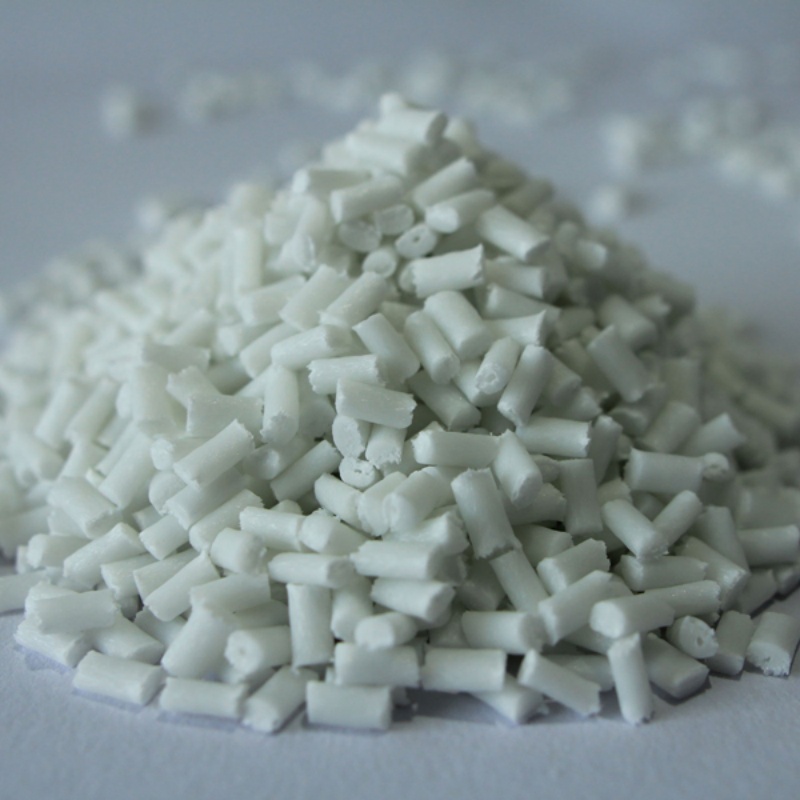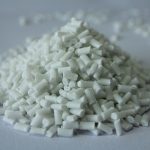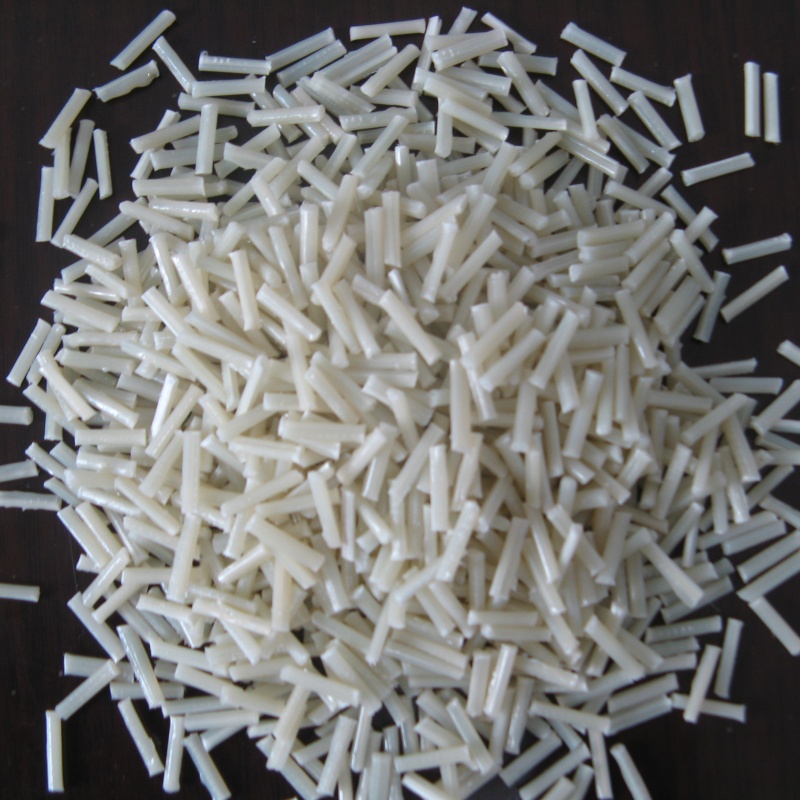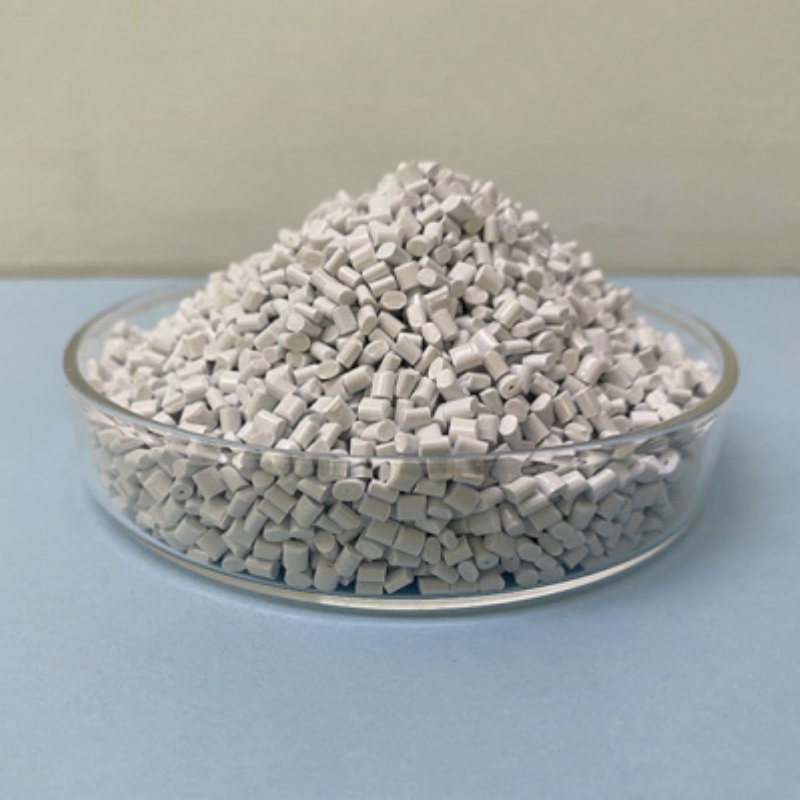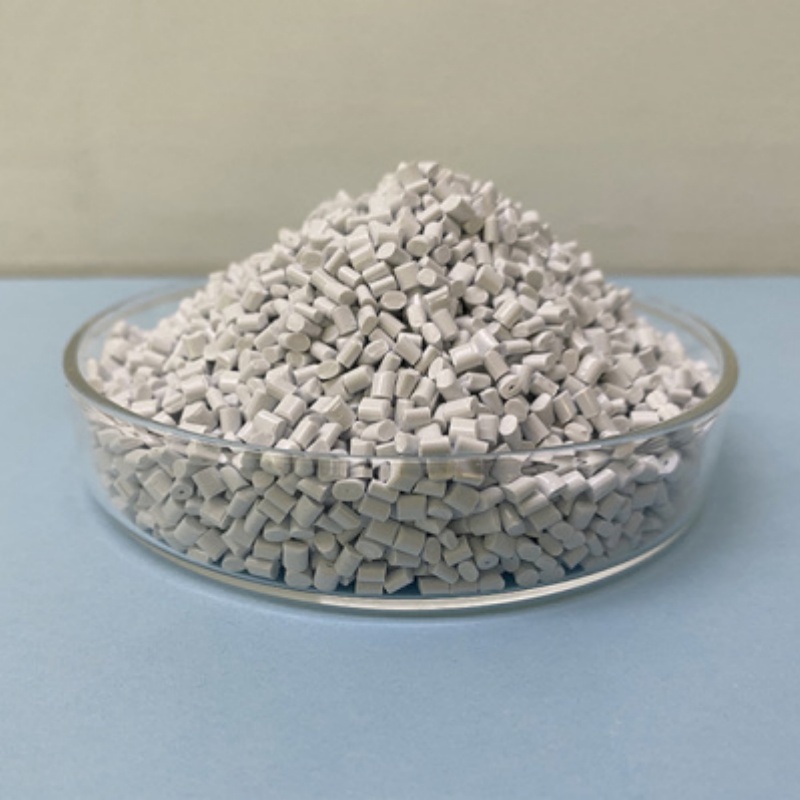Glass Fiber Reinforced RPP (Glass Fiber Reinforced Polypropylene) offers enhanced mechanical strength, superior rigidity, and excellent thermal resistance. Designed for automotive, electrical, and industrial applications, it ensures durability, dimensional stability, and long-term reliability.
Product Overview
Glass fiber reinforced RPP (Glass Fiber Reinforced Polypropylene) is a plastic material enhanced by adding glass fibers, significantly improving its heat resistance, rigidity, and mechanical properties. The addition of glass fibers reduces shrinkage and enhances mechanical performance such as rigidity, impact resistance, tensile strength, compressive strength, and flexural strength. Furthermore, this material has good flame retardancy, making it suitable for a variety of high-strength and demanding applications.
Key Features
- Improved Heat Resistance: The addition of glass fibers effectively increases the material’s heat resistance, making it suitable for high-temperature environments.
- Low Shrinkage: Glass fiber reinforcement limits molecular movement, reducing the material's shrinkage rate and improving dimensional stability.
- Superior Mechanical Properties: Enhanced rigidity, impact resistance, tensile strength, compressive strength, and flexural strength make it ideal for applications with significant mechanical loads.
- Good Flame Retardancy: The material offers excellent flame retardant properties, meeting various safety requirements.
- Vibrant and Stable Color: Uses imported color powders and additives, employing advanced color matching systems to ensure vibrant and stable color.
- Excellent Dispersion: The color powder disperses well, with no black spots or impurities, ensuring high-quality product appearance.
Applications
- Automotive Industry: Used in automotive components such as body panels and dashboards, enhancing the strength and safety of vehicles.
- Electronics: Suitable for high-temperature, high-strength electrical components, providing excellent insulation and durability.
- Home Appliances: Used in the casings and internal parts of household appliances, offering strong impact resistance and high-temperature performance.
- Industrial Equipment: Widely applied in industrial mechanical parts, such as power tool housings, gears, and brackets.
- Building Materials: Used as high-strength material in the construction industry for fittings and structural components.
| Item | Unit | Test Method (Standard) | G20 | G30 | G40 | G30-B |
| Tensile Strength | MPa | ISO 527-2 | 70 | 80 | 85 | 70 |
| Tensile Elongation | % | ISO 527-2 | - | - | - | - |
| Flexural Strength | MPa | ISO 178 | 95 | 105 | 110 | 95 |
| Flexural Module | MPa | ISO 178 | 4000 | 5500 | 6000 | 5000 |
| Charpy Notch Impact | KJ/m² | ISO 179-1 | 10 | 12 | 13 | 22 |
| Izod Notch Impact | KJ/m² | ISO 180 | 9 | 12 | 12 | 20 |
| Mass Density | g/cm³ | ISO 1183 | 1.03 | 1.12 | 1.23 | 1.12 |
| H.D.T | ℃ | ISO 75 | 145 | 150 | 150 | 145 |
| Shrinkage For Injection Molding | % | GB/T-15585 | 0.7-1.0 | 0.5-0.8 | 0.5-0.8 | 0.5-0.8 |
| Characteristics | General | General | High Rigidity | Impact Resistant |
 new material
new material

